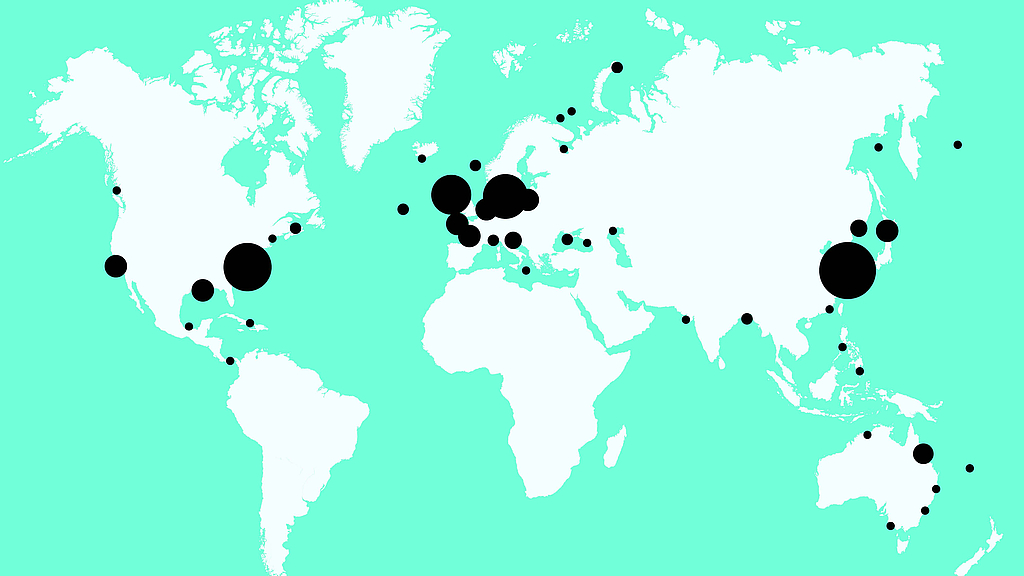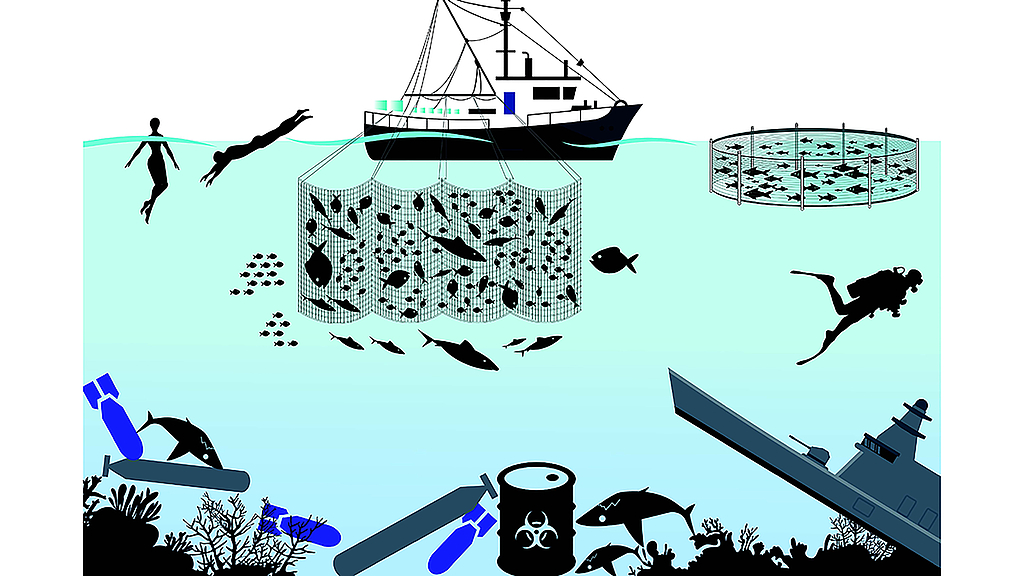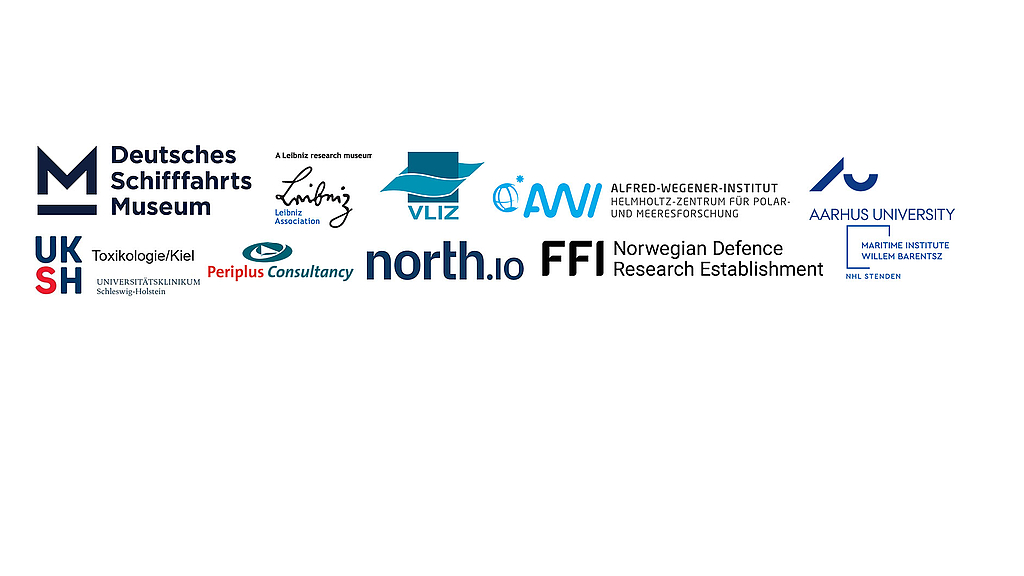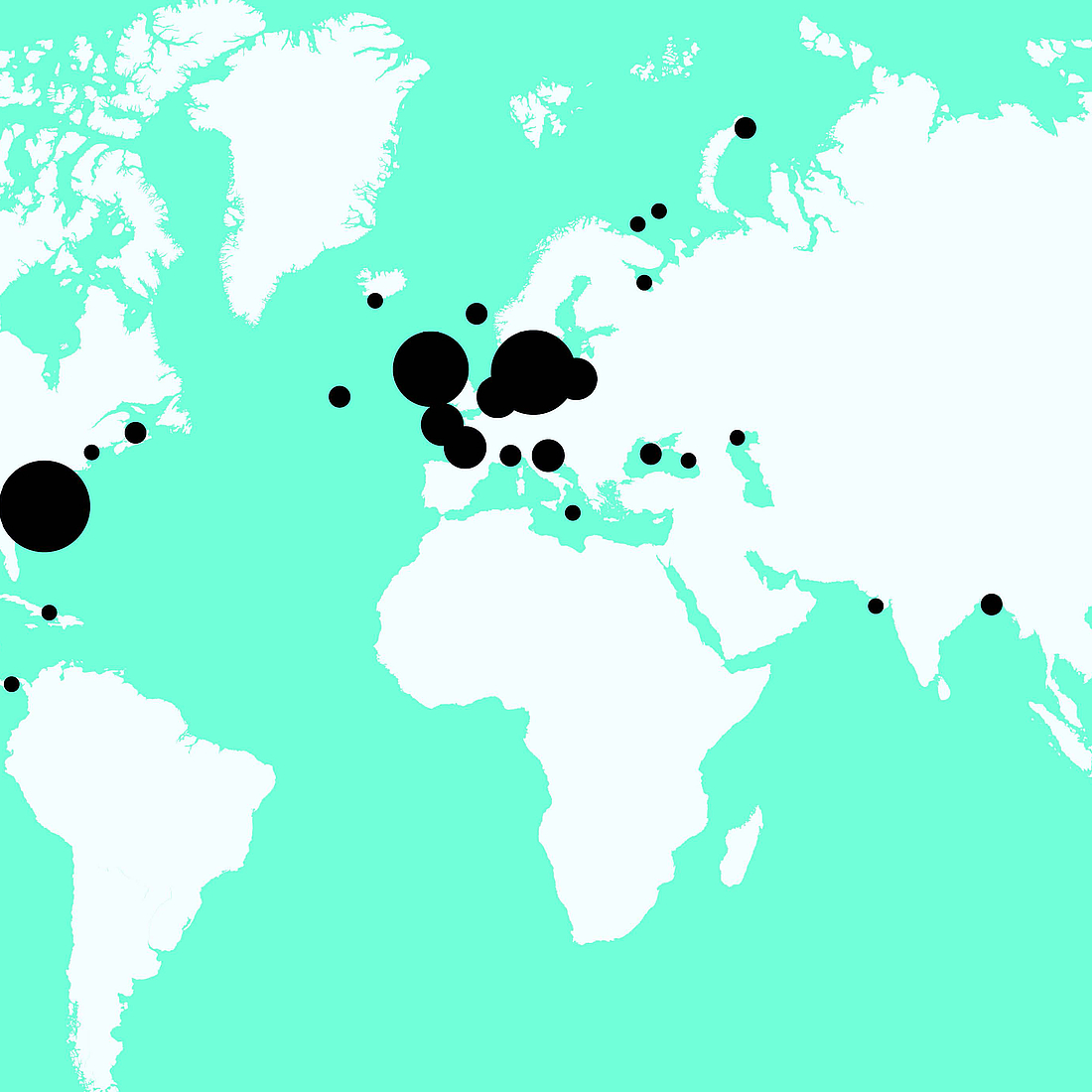Marine Conservation

Marine munitions worldwide © north.io GmbH, Simon van der Wulp
War wrecks and munitions endanger the environment both in the North Sea and around the world. They are slowly unfolding disasters, insidious threats whose impacts pose a threat to future generations too. Alongside overfishing, ocean acidification, global warming and rising sea levels, pollution poses a threat to the biodiversity of marine habitats. For many years, extremely hazardous substances – from sulphuric acid to nuclear waste – were simply disposed of at sea. In addition, persistent pollutants such as polychlorinated biphenyls (PCBs) have been released into the oceans, while huge volumes of plastic waste enter the sea every day.

Threats to the marine habitat. Graphic based on a picture from Norwegian Defence Research Establishment (FFI) © Norwegian Defence Research Establishment (FFI)
Thanks to the commitment of scientists, political stakeholdersand civil society groups, we are now seeing positive change.
Sulphuric acid, for instance, is no longer disposed of in the North Sea but treated on land instead. Other problems still need addressing, but our project represents an important contribution to marine conservation. Its results can help to ensure shared marine environments are used sustainably and thus preserved for future generations.
Partner
-

